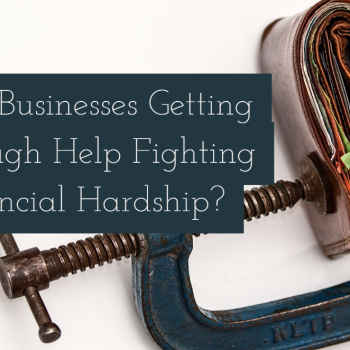
How Does Pre-Pack Administration Work?
- Posted by KJGCR
- 0 Comments
When a company is struggling to pay its debts, the biggest risk it faces is enforcement action from creditors seeking a firesale of assets to pay off debts, putting the business at risk of liquidation.
Administration is intended to protect insolvent companies, at least temporarily, from that outcome. By handing over the reins of the business to an appointed administrator, the company is protected from further enforcement action.
This buys time to look at all recovery options, including restructuring finances, seeking a Company Voluntary Agreement (CVA) on debt repayments, or perhaps entering liquidation in a controlled, voluntary manner.
Sometimes the best option is the sale of an insolvent company and its assets to a new owner, who can breathe new investment into a company and keep it running as a going concern free from its historic debts.
This is what so-called Pre-packaged Administrations are intended for – ‘pre-packaged’ because the sale of the business is agreed before the formal administration process begins, speeding up the transfer and guaranteeing the continuity of the business.
Who Benefits from a Pre-Pack?
Pre-pack administration is a good option for a business which, despite struggling with debt obligations, is still viable as a going concern. The fasttrack system is all about ensuring continuity – the process of entering administration before seeking new investment can cause delays, and if cash flow is an issue, that could put the ability of the business to trade in jeopardy.
In that sense, a pre-pack administration often spells good news for all stakeholders in a business. An early sale and continued trading mean employees remain in a job and customers retain a service. This maintains the value in a business – the risk is, even if trading is only interrupted temporarily, the loss of business and sustainable income makes a company much less attractive to potential investors.
A pre-pack can often work out better for creditors as well. An early sale when value in the business is still relatively high can mean much better returns on outstanding debts than you would get months down the line when assets were sold off after a company has ceased trading. It is much easier to get money from a viable business than it is from a dead duck.
Directors’ Relaunch
What often happens in practice with a pre-pack administration is that, rather than a third party investor stepping in to buy the business, the current directors themselves complete the buyout. This makes sense in terms of speed, as there are not always going to be new buyers lining up to purchase an insolvent company.
If they have the finances behind them, this gives directors a second chance to restructure and relaunch a company, free from historic debts. However, some view this use of pre-packs in a less than favourable light, especially if the original company found itself in difficulties in the first place as a result of its directors’ conduct.
Another issue here is getting the best deal for creditors, which should be at the forefront of an insolvency practitioner’s mind when arranging the pre-pack sale. Getting a good deal for creditors requires getting good value from the sale of the business. If a valuation is on the low side, creditors will not get a good return. It is therefore in creditors’ interests for a pre-pack not to be rushed through too quickly, perhaps with directors looking to push through a sale at a price favourable to them. A thorough valuation, and a potentially higher return, makes it more likely that creditors will get back more of what they are owed.


